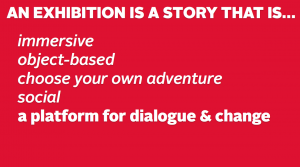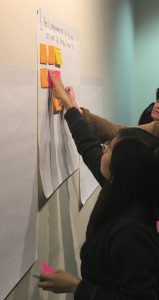Summary of C3: Meeting 1, Sunday January 22nd 10am-3pm
Written by: C3 Intern, Karen Mestizo
Sunday’s C3 meeting was centered around the topic of foster youth lives. An important aspect to discussing this topic was providing input from the different perspectives from our members who ranged from transition age foster youth, advocates, community members, and artists. Gathering different perspectives was key to brainstorming and developing the ideas for the exhibition called “Lost Childhoods”. Having foster youth and former foster youth a part of this project is very important as we hope to communicate to the public that this exhibition is a foster youth-driven project.
After Nina Simon, Executive Director of MAH, gave an informing lecture on an intro to exhibits, the Foster Youth Museum team (FYM) was introduced as our partners in collaboration with the “Lost Childhoods” exhibit. The founder and director of the FYM, Jamie Lee Evans, was a former foster youth herself and has helped create this exhibition in other parts of the Bay Area, such as Oakland, through the perspectives of foster youth.
create this exhibition in other parts of the Bay Area, such as Oakland, through the perspectives of foster youth.
In the brainstorming process, C3 members were divided into six groups (with a diverse range in members with different perspectives) and were asked the following four questions:
- What are the biggest misconceptions about Foster Youth?
- What questions do you have about foster youth?
- What does foster care feel like?
- What is unique about the foster youth experience here in Santa Cruz County?
You can read the answers here. After writing responses to these questions, the group moved to the auditorium to discuss what the main ideas would be in the exhibition that foster youth would like visitors to understand.
After many great ideas were shouted out, the group concluded that some of the possible big ideas would be that visitors will:
- understand the authentic experience of foster care from a youth’s perspective. (through the Foster Youth Museum)
- feel empowered to take action and know how to do so.
- have a visceral, emotional experience that sparks empathy.
- understand that this is a foster youth-driven project that welcomes and empowers foster youth.
- make a connection to a personal experience they had (family, childhood, etc).
- learn the basic history, facts, and risk factors of the foster care system.

Individually, members wrote their final thoughts on post-it notes and stuck them on the corresponding “big idea” poster. You can read these notes here. Members wrote down their feelings, ideas, stories, statistics, objects, names, organizations, and resources connected to the topics. Afterwards, members ranked their top five big ideas and gave feedback.
We finally conclude the meeting by gathering in a large circle and saying one word that represented how we felt. We hear many words like hopeful, joy, happy, optimistic, and excited. We’re excited too.


